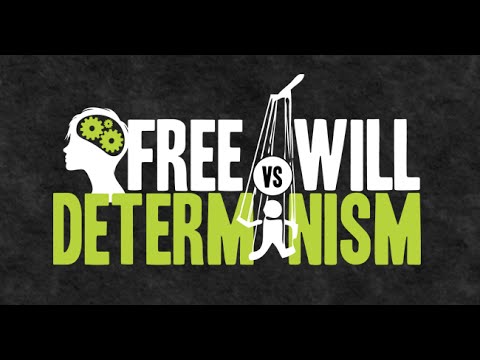Behavioural Treatments For Phobias (Model Answers)
1.) Outline one limitation of systematic desensitisation as a treatment for phobias.( 3 marks)
Model Answer
A limitation in the practical applications of systematic desensitisation (SD) lies in its time-consuming nature, particularly when compared to alternatives like flooding. For someone dealing with a phobia, using SD involves learning relaxation techniques, and the gradual exposure process often requires multiple sessions. Therefore, the significant time commitment becomes a notable factor to consider when deciding on the suitability of systematic desensitisation for addressing specific fears.
2.) One explanation for phobias, including agoraphobia, is the two-process model.
Outline one limitation of the two-process model. ( 2 marks)
Model Answer
A limitation in the practical applications of systematic desensitisation (SD) lies in its time-consuming nature, particularly when compared to alternatives like flooding. For someone dealing with a phobia, using SD involves learning relaxation techniques, and the gradual exposure process often requires multiple sessions. Therefore, the significant time commitment becomes a notable factor to consider when deciding on the suitability of systematic desensitisation for addressing specific fears.
3.) Briefly discuss one reason why systematic desensitisation might be a more successful treatment for phobias than flooding.(2 marks)
Model Answer
Starting with the ethics behind flooding, systematic desensitisation (SD) is considered less traumatic, increasing the likelihood of individuals completing the treatment. This makes it suitable for a broader range of clients who may find it more accessible and tolerable compared to flooding.
4.) A mother and father are discussing their 10-year-old son’s reluctance to go to a friend’s birthday party at the local swimming pool.
‘I really think he might have a fear of water’, says his mum. ‘I thought I might just sit with him in the car at the swimming pool car park until he calms down. Then we might go into the viewing area and watch the others. Perhaps then he might be ready to go in the pool’.
‘Nonsense’, replies his dad. ‘The only way to deal with fear is to face it; we should literally throw him in at the deep end!’
Discuss two behavioural treatments for phobias. Refer to the conversation above in your answer. ( 16 marks)
Model Answer
In the given conversation between a mother and father regarding their 10-year-old son's reluctance to attend a friend's birthday party at the local swimming pool, the mother suggests a behavioural treatment approach known as systematic desensitisation. She proposes a step-by-step process that could be seen as involving relaxation training, creating an anxiety hierarchy, and adopting a gradual exposure technique. Her idea is to initially sit in the car at the swimming pool car park, move to the viewing area, and eventually progress to having their son enter the pool when he feels ready.
In contrast, the father advocates for another behavioural treatment method called flooding or implosion therapy. He suggests confronting the fear directly by literally throwing their son into the deep end of the pool. Flooding involves being bombarded by fear, with the belief that anxiety will eventually subside.
One issue with employing flooding as a therapeutic procedure is rooted in ethical issues. These issues involve concerns regarding the potential psychological harm inflicted on individuals. Ethical issues in the context of flooding revolve around the heightened anxiety and distress resulting from immediate and intense exposure to the feared stimulus. For instance, the father's proposal of throwing a 10-year-old into the deep end of a swimming pool exemplifies a situation where ethical boundaries are at risk.
These ethical concerns highlight the need to prioritise the mental health and well-being of individuals undergoing treatment, emphasising the importance of adhering to ethical guidelines that ensure psychological interventions avoid causing undue harm or exacerbating distress. Ethical issues, especially within the framework of flooding, underscore the crucial importance of ethical considerations in guiding psychological therapeutic practices.
In contrast, a notable strength of systematic desensitisation (SD) from an ethical standpoint lies in its capacity to offer a less traumatic alternative compared to flooding. Unlike the immediate and intense exposure characteristic of flooding, SD employs a gradual and stepped approach, incorporating relaxation training and the formation of an anxiety hierarchy. This significantly reduces the likelihood of causing heightened anxiety and distress, enhancing the overall tolerability of the treatment. The emphasis on a more gradual exposure process in SD aligns with ethical considerations, making it suitable for a broader range of clients who may find it more accessible and less emotionally overwhelming.
Consequently, SD stands out as a more ethically sound option, prioritising the well-being and comfort of individuals undergoing treatment and aligning with ethical guidelines that advocate for the avoidance of unnecessary psychological harm.










